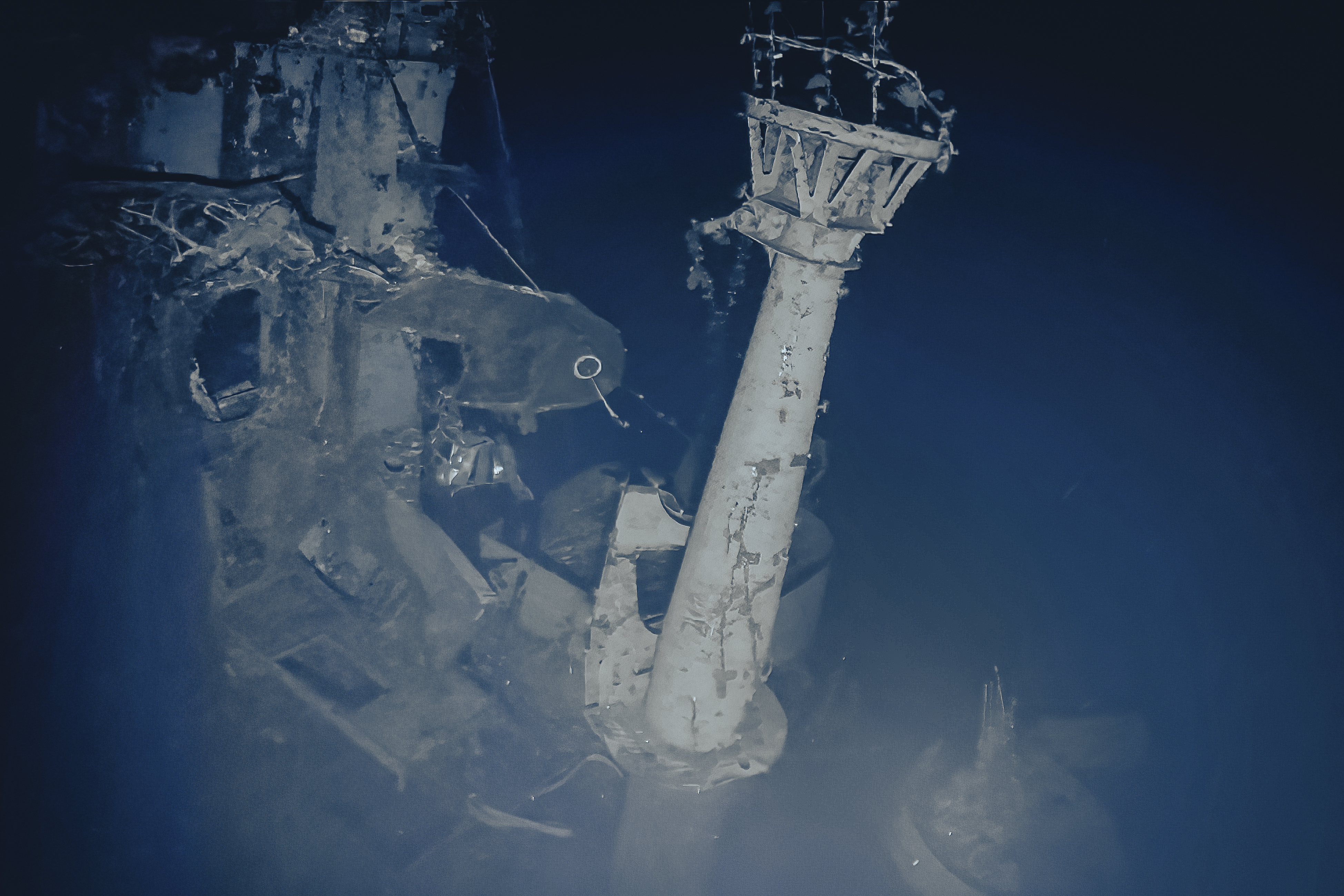– Footage from deep in the Pacific Ocean has given the first detailed look at three World War II aircraft carriers that sank in the pivotal Battle of Midway and could help solve mysteries about the days-long barrage that marked a shift in control of the Pacific theater from Japanese to U.S. forces.
Remote submersibles operating 3 miles (4.8 kilometers) below the surface conducted extensive archeological surveys in September of the Akagi and the Kaga, two of the four Imperial Japanese Navy aircraft carriers destroyed during the June 1942 battle, as well as the U.S.S. Yorktown.
The high-quality video includes the official identification of the Akagi, while also providing new clues about the final hours of the aircraft carriers.
The footage shows how the island, or the tall structure that rose above the Yorktown’s wooden deck, was damaged by extremely high heat and how the crew went to great lengths to keep the American ship from sinking.


Of the 4,600 or so men who served on the Yorktown from 1937 to 1942, it’s believed there are only two still alive, said Michael Leggins, president of the U.S.S. Yorktown CV-5 Club, a group dedicated to providing information about the ship.
One of them, Hodges, is a retired Baptist minister in Johnson City, Tennessee. He joined the Navy the day after Pearl Harbor and worked in the Yorktown’s boiler room during the battle.
He recalled in a videoconference interview with the AP that after two torpedoes exploded, he found himself stuck between two pipes, his left arm so tightly pinned he couldn’t pull it out. His shoulder was also dislocated, an injury that still troubles him 81 years later.
Once freed with the help of a fellow sailor, a life jacket was taped over his injured shoulder and he held on to another to swim more than 3 miles (4.8 kilometers) to a waiting ship. He said the journey took about six hours.
The other surviving Yorktown veteran, Robert Taylor, needed parental permission to join the Navy on Sept. 12, 1941, at the age of 17. Taylor, now 99, manned an anti-aircraft gun during the battle.
Historians knew the crew tried to keep the ship afloat by jettisoning some smaller anti-aircraft guns on the port side. But among the discoveries from the new video was that the sailors also cut away the larger guns, said Hans Van Tilburg, the maritime archeologist and historian for the National Oceanic and Atmospheric Administration’s Office of National Marine Sanctuaries.
The only things to be taken from the wrecks, Wagner said, will be the images and video they are sharing.